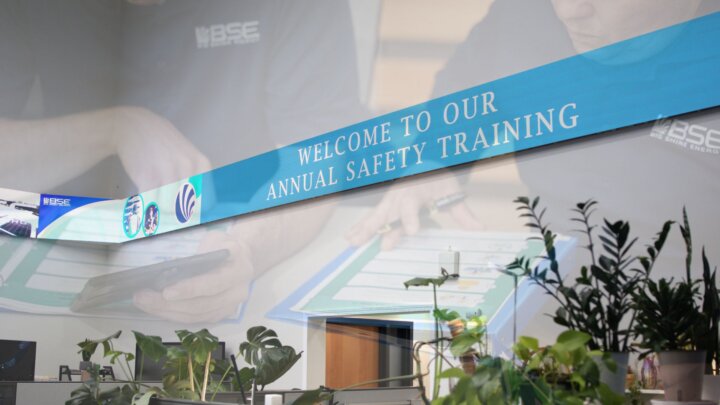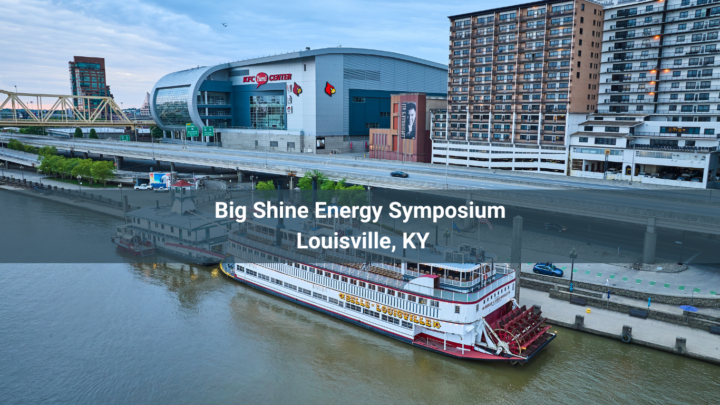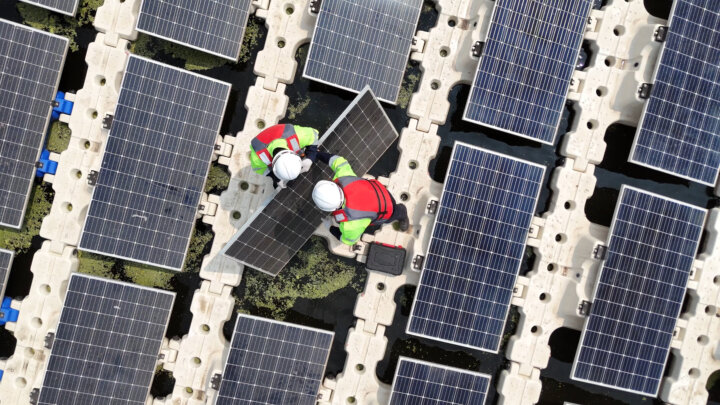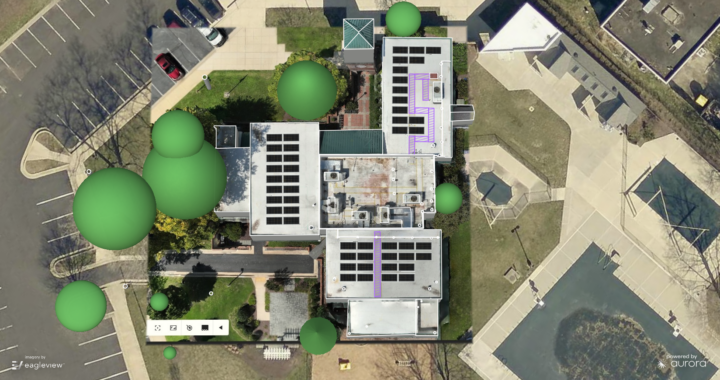Many progressive cities require ASHRAE Energy audits. In this article, we’ll explain ASHRAE energy assessments and why they are a necessary part of facility management.
What is an ASHRAE Audit?
An ASHRAE Audit is a comprehensive assessment of a building’s energy usage and systems conducted according to guidelines set by the American Society of Heating, Refrigerating and Air Conditioning Engineers (ASHRAE). It aims to identify energy-saving opportunities and provide recommendations for improving energy efficiency. ASHRAE offers different levels of audits, with increasing depth and detail, to help building owners and managers make informed decisions about energy improvements.
What are the levels of ASHRAE Audits?
ASHRAE offers three main levels of energy audits, each providing increasing levels of detail and analysis. These levels are:
- ASHRAE Level I Audit: This is a preliminary assessment that involves a basic review of energy bills, building systems, and operational practices. The goal is to identify potential low-cost or no-cost energy-saving opportunities and to create a foundation for more detailed audits.
- ASHRAE Level II Audit: A more comprehensive analysis than Level I, this audit involves on-site data collection, energy modeling, and in-depth examination of building systems, components, and energy use patterns. It identifies specific energy-saving measures with associated costs, savings, and payback periods.
- ASHRAE Level III Audit: The most detailed audit, Level III involves rigorous engineering analysis and monitoring of energy use. It requires significant data collection, monitoring equipment, and detailed simulations. This level is typically used for complex systems and large facilities, and it provides a comprehensive understanding of energy performance and optimization strategies.
Some major cities, including New York, require an ASHRAE Level II to fulfill local law requirements. What does an ASHRAE Level II Audit involve?
An ASHRAE Level II Audit, also known as an Energy Audit Level II according to the American Society of Heating, Refrigerating and Air Conditioning Engineers (ASHRAE), is a comprehensive energy assessment of a building or facility. It involves a detailed analysis of energy use and the identification of energy-saving opportunities. ASHRAE Level II Audit is the second level in a series of energy audits, with Level I being a basic assessment and Level III being a more in-depth analysis.
Here’s what an ASHRAE Level II Audit typically involves:
- Data Collection and Preliminary Analysis: The audit starts with gathering historical energy consumption data, building plans, equipment specifications, and other relevant information about the facility. This information helps create a baseline for energy consumption and provides insights into the building’s energy performance.
- Site Visit and Facility Assessment: An on-site visit is conducted to inspect the building’s physical layout, equipment, systems, and operations. This involves identifying potential energy efficiency improvements and evaluating the condition and efficiency of existing systems, such as HVAC (Heating, Ventilation, and Air Conditioning), lighting, insulation, and building envelope.
- Energy Modeling and Analysis: Energy modeling software is often used to simulate the building’s energy consumption under various scenarios. This helps auditors assess the potential impact of different energy-saving measures and prioritize recommendations based on cost-effectiveness and energy savings.
- Detailed Analysis of Energy Use: Auditors analyze energy use patterns in detail, focusing on peak demand, load profiles, and seasonal variations. This analysis helps identify areas where energy consumption can be optimized and where demand management strategies can be implemented.
- Identification of Energy-Saving Opportunities: Based on the data collected and analysis performed, the audit team identifies a range of energy-saving opportunities. These may include retrofitting lighting systems, upgrading HVAC equipment, optimizing controls and automation, improving insulation, implementing renewable energy solutions, and more.
- Cost-Benefit Analysis: For each identified opportunity, auditors estimate the associated costs, potential energy savings, and payback periods. This analysis helps building owners and managers make informed decisions about which measures to prioritize based on their budget and expected return on investment.
- Report Generation: The audit findings and recommendations are compiled into a comprehensive report. This report typically includes the energy consumption baseline, potential energy savings, detailed descriptions of recommended measures, financial analysis, and implementation strategies.
- Presentation and Discussion: The audit team presents the findings and recommendations to the building owner or management. This presentation includes a discussion of the various energy-saving measures, associated costs, benefits, and implementation timelines.
- Implementation Planning: After the presentation, the building owner or management can decide which energy-saving measures to implement. A detailed implementation plan is developed, outlining the steps, timeline, budget, and responsibilities for carrying out the recommended improvements.
Is it necessary to have a Level I audit performed prior to Level II assessment?
While it’s not always strictly required to perform an ASHRAE Level I Audit before conducting a Level II Audit, it is generally recommended and beneficial to have a Level I audit completed first. Here’s why:
- Baseline Understanding: A Level I Audit provides a basic understanding of the building’s energy consumption, major systems, and potential areas for improvement. This information serves as a foundation for more in-depth analysis in a Level II Audit.
- Efficiency Identification: A Level I Audit can identify low-cost and no-cost energy-saving opportunities that are relatively easy to implement. By addressing these opportunities first, you can achieve immediate energy savings before moving on to more complex measures in a Level II Audit.
- Focus on Priorities: The Level I Audit helps prioritize which systems and areas need further investigation in a Level II Audit. This ensures that the more detailed analysis and modeling efforts of Level II are targeted at the most critical energy-consuming components.
- Data Availability: A Level I Audit gathers essential data, such as energy bills, basic building characteristics, and operational practices, which are necessary for accurate modeling and analysis in a Level II Audit.
- Budget Planning: The Level I Audit provides an initial understanding of potential costs and savings, allowing building owners to allocate budgets and resources more effectively for a Level II Audit and subsequent energy-saving measures.
In summary, while it’s possible to conduct a Level II Audit without a Level I Audit, the information and insights gained from a Level I Audit can greatly enhance the effectiveness and efficiency of a Level II Audit. It’s recommended to follow the progression of Level I, Level II, and potentially Level III audits to achieve a comprehensive understanding of a building’s energy performance and optimization opportunities.
Property management companies can greatly benefit from opting for an ASHRAE energy assessment. This assessment can lead to improved operational efficiency, cost savings on utilities, and enhanced building performance. By pinpointing areas of energy inefficiency and understanding consumption patterns, these assessments guide strategic decisions on upgrades and maintenance, helping achieve sustainability targets while adding value to the property.
Contact Big Shine Energy for any questions regarding local law compliance or to have an ASHRAE energy assessment scheduled for your facility.
